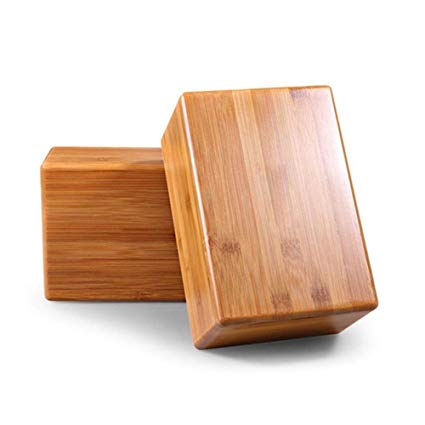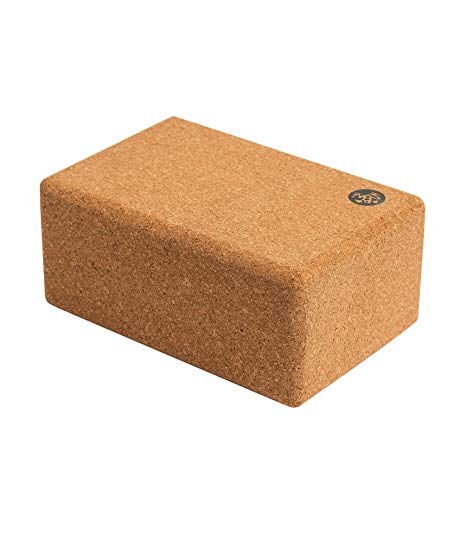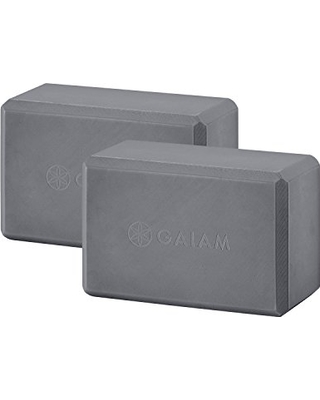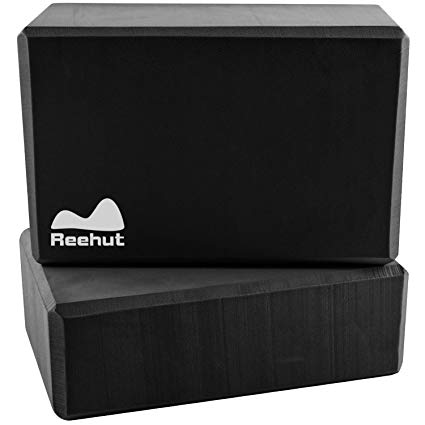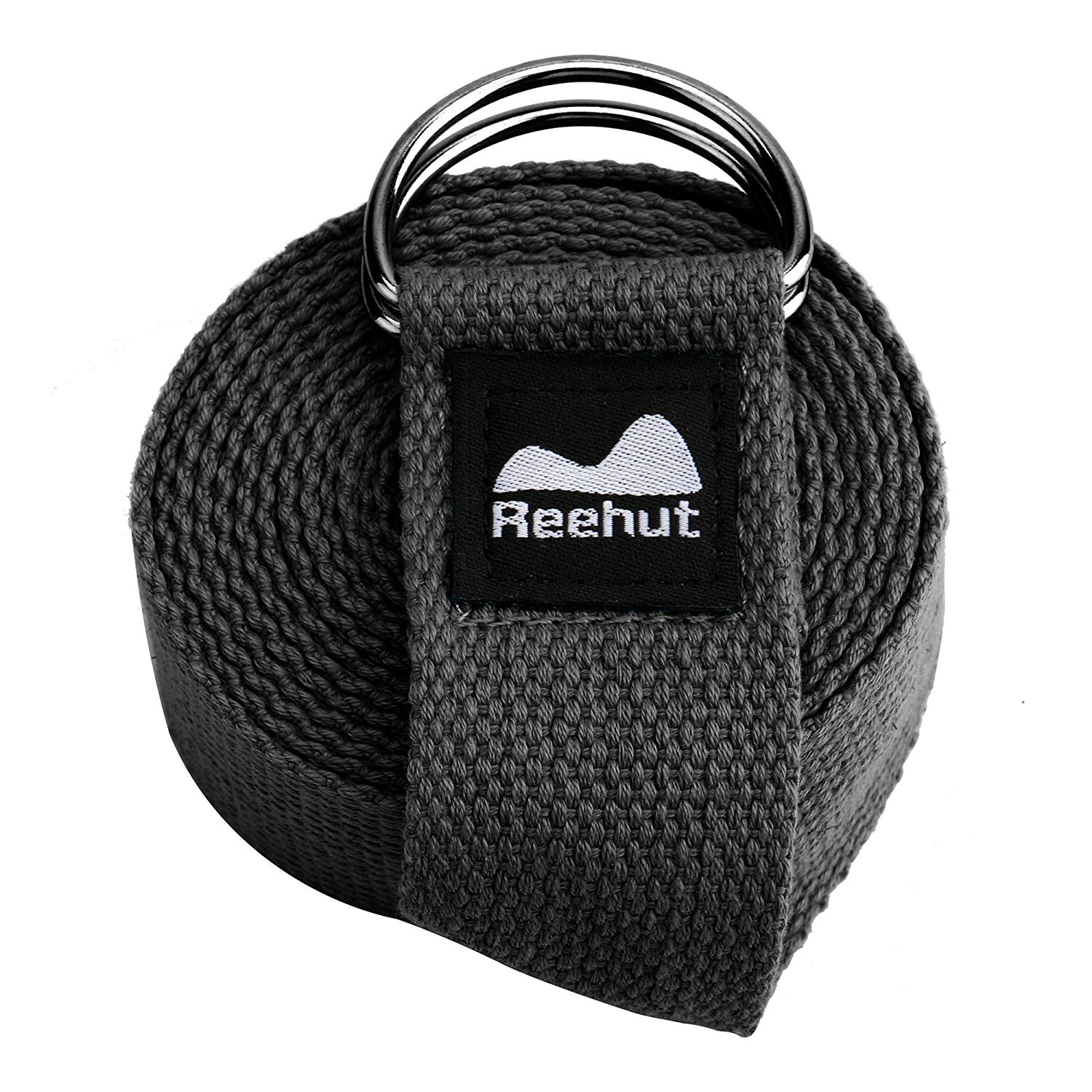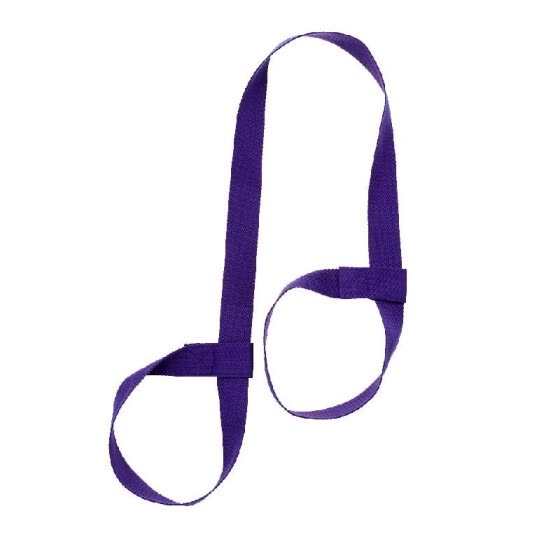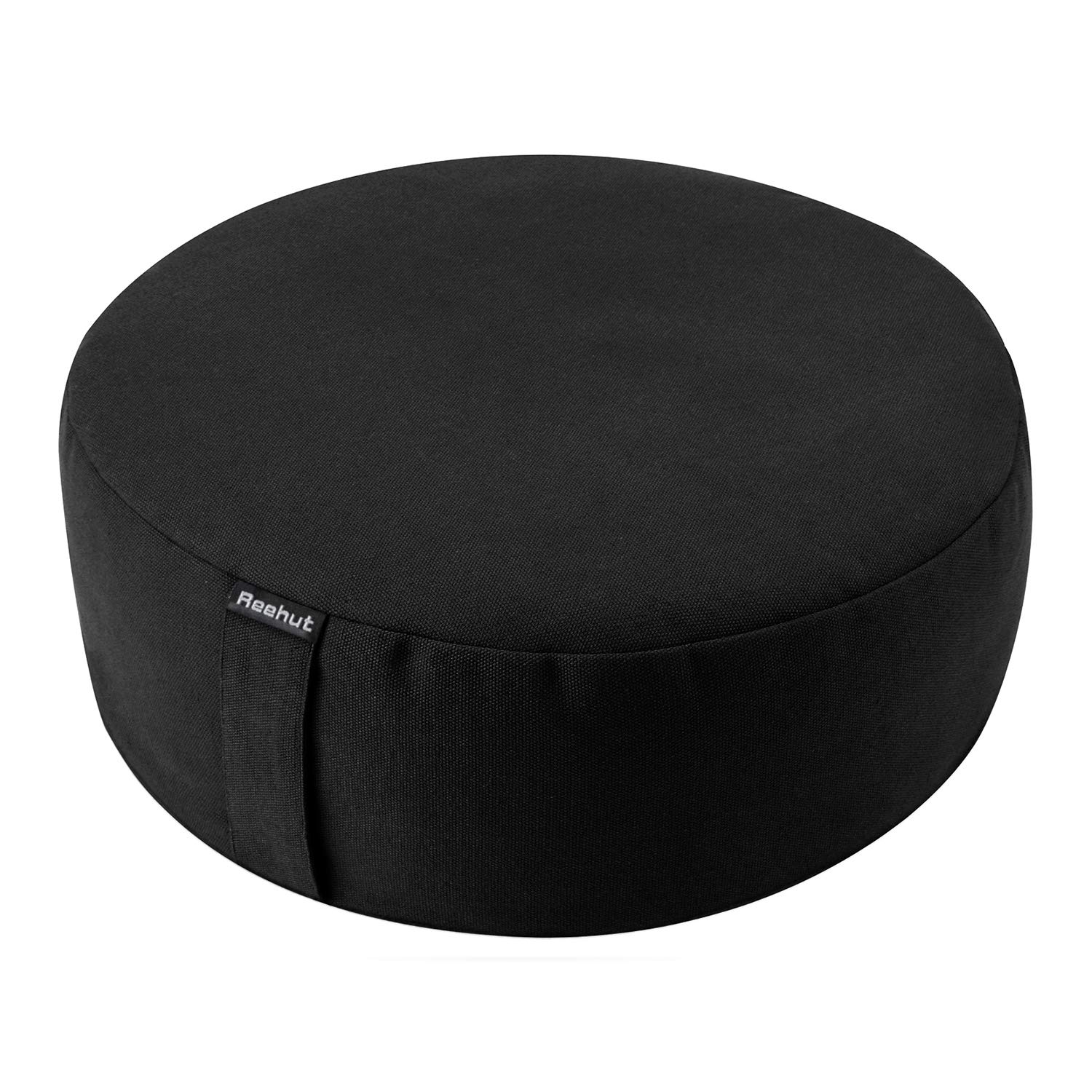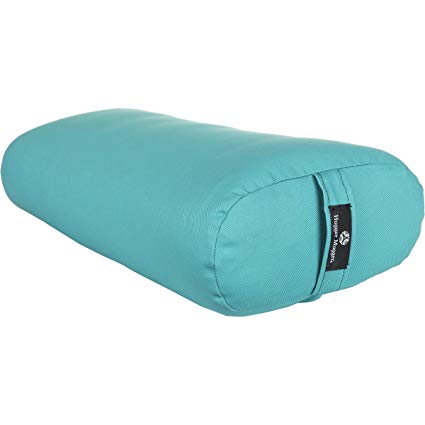If you’re new to yoga, figuring out what specific props to purchase might seem tricky or a little overwhelming. That’s why I’ve created this blog post — to help narrow down options and give you some tips! You might be thinking, why do I need yoga props anyway? Props are useful for every practitioner at all skill levels. They make postures more easily accessible and can add a whole new dimension to your yoga practice.
I’d recommend sticking with the basics before investing in anything expensive. Also, be sure to check around your house for items you can use as dupes! For example, you can substitute a yoga strap for a belt or scarf, some hardcover books for blocks, a pillow for a bolster, etc.
When looking for props, you should consider a few different factors: your personal needs, especially in regards to the type of yoga you practice and physical aspects of the props like size, material, texture and thickness. In this article we’ll cover what to look for in choosing yoga mats, blocks and straps. Keep reading to learn more!
Mats
There are some who would argue that you don’t need any props to practice yoga — not even a yoga mat —simply your body and breath will do. To a certain extent, this is true. Yoga props aren’t a necessity for a fulfilling practice. I personally love stretching barefoot on grass outdoors. But there are still a few reasons why I choose to use a yoga mat: it’s more hygienic, allows for better grip and stability, provides some cushion and comfort for your joints and often times, yoga mats can be extremely helpful for alignment.
Choosing a yoga mat doesn’t have to be hard! Here are my top tips:
Tip 1: Consider the type of yoga you will be practicing.
Vinyasa or flow yoga classes incorporate more movement, so you’ll need a mat with more traction or grip to keep your body feeling stable and well supported while you practice. For yin or restorative yoga, however, you’ll primarily be sitting on the ground, so grip is less important. Instead, opt for a soft, cushy mat. Hot yoga, Bikram, or Power yoga classes are typically performed in a heated room. If you’re doing these type of practices you will want to choose a mat specifically designed to keep you from slipping when sweat gets on your mat. It might help to do some more research on your own about different styles of yoga and what mat works best with each one.
Tip 2: Consider where you’re practicing yoga.
If you intend to practice at home then you don’t necessarily need to worry about purchasing a lightweight mat you can transport easily. However, if you decide to take yoga classes at a studio or outside of your home, it might be smart to purchase a mat you can carry around easily. You might also want to look into a lighter weight mat if you travel a lot or do yoga when on the road. Keep in mind that you will sacrifice some cushioning with a travel mat. Consider investing in a second yoga mat that you can bring on trips or even practice outdoors.
I like these Travel Mats from Liforme.
Tip 3: Consider material and texture.
Be cautious of PVC mats. Polyvinyl Chloride, otherwise known as vinyl, is one of the most commonly used materials to make yoga mats. However, some studies indicate it may be a carcinogen and it’s also difficult to recycle. So if you’re a health-conscious person, you may want to avoid a PVC mat.
Newer, more eco-friendly options include natural and recycled rubber, jute and organic or natural cotton (which means the fabric isn’t treated with synthetic finishes during manufacturing.)
Choose the appropriate thickness. A thicker mat can be more comfortable for seated poses, but you’ll want a thinner mat for standing poses and especially for balancing poses. A standard yoga mat is about 1/8 inch thick, while the thickest are about 1/4 inch.
Choose the appropriate stickiness. A sticky yoga mat keeps you from sliding and helps you maintain alignment as you move from one pose to another. Non-slip mats, are designed to with extra grip and stick which might come in handy if you’re doing a rigorous form of yoga.
My personal favorite mats to practice on, and the ones I always recommend are the Liforme mats. They are PVC free, biodegradable, super grippy, sweat-proof and have engraved alignments to help you with your form in postures.
You can shop them by clicking here.
Use code ‘JESSICARICHBURG’ for a 10% discount on all of their online products! You can thank me later ;)
Blocks
No matter what type of yoga you do or where you practice, yoga blocks are among the most versatile pieces of yoga equipment you can use. Yoga blocks help us maintain anatomical integrity in the postures and they can help advance your practice whether you’re a beginner or seasoned practitioner. Placing your hand on a block in standing postures such as Parsvakonasana (Side Angle) can make the difference between a pose that feels strained and uncomfortable, and a pose that feels free and graceful.
If yoga is about steadying the mind and body, then breathing freely and feeling a sense of ease in the postures is essential to practice. Here are my top tips for choosing a yoga block:
Tip 1: Consider the material and price.
Originally yoga blocks were made of wood, but now blocks also come in both cork and foam. Let’s explore the pros and cons of all three:
Wooden yoga blocks, like these from Wooden Life, are often made of bamboo and are the most durable and expensive option. Wooden blocks are comparatively hard and heavy (they usually weigh between 1.5-2.5 pounds) but are very sturdy, more aesthetically pleasing and will last forever. The downsides to wooden blocks are that they’re expensive (starting around $18), can get slippery due to sweat and they’re not ideal for travel. Wood blocks are ideal for those who prefer natural products and will use them mostly for balance.
Cork yoga blocks can be more eco-friendly than wooden ones (depending on how the wood and cork is harvested) and cork blocks are softer and usually weigh less than wood (between 1-2 pounds.) They’re also a little less expensive (starting around $15 each). The downside to cork blocks is that they absorb sweat easily which may cause the edges and corners to break down slightly. I personally like these cork blocks from Manduka and can confidently say they have helped transformed my practice!
Foam yoga blocks are the most common type and are less expensive than cork and wood (starting around $8 each.) They are more lightweight (weighing between 3-12 ounces) making them ideal to travel with and are very soft. The downsides to foam blocks are that foam can get dirty and wear easily, and they aren’t as eco-friendly as wood or cork. At times, they can also feel flimsy or less stable when used for support, so I suggest looking into high density foam blocks like these from REEHUT.
Tip 2: Consider purchasing more than one yoga block.
Often you will only need one yoga block, but there’s a good chance that you’d regret not buying two. There are a few advantages of purchasing two blocks at once. First being that you will have a matching set and won’t need to remember the size, brand and color later on. Second, you may often find that having a block in each hand or stacked blocks will offer more support which will lead to a wider range of poses you can attempt during your practice. It’s easy to find a set of two and often it isn’t much more expensive than just buying one! The standard size yoga block is 4 inches x 6 inches x 9 inches, though other sizes are also available.
Straps
Yoga straps can also be used to enhance and deepen your yoga practice. Often straps are used as an extension of the arm to help with twisting and stretching postures. In theory, all yoga straps are somewhat similar to each other, but there are subtle differences that you should take into account before making a purchase.
Tip 1: Consider size and material.
The length of the yoga strap is the first thing to look into. Since you will mostly be using the prop in a loop, you need to ensure that you have enough strap length to hold onto it comfortably. The most common yoga strap sizes are 6 and 8 ft long. However, taller practitioners can benefit more from a longer size such as 10ft. Check out these yoga straps from REEHUT which come in all 3 sizes!
Most straps are made with cotton which provides a good grip and allows for easy cleaning, but straps made from other natural materials are great as well. Ultimately, it comes down to personal preference.
Tip 2: Consider closure and design.
Buckles. Yoga straps with a buckle will give you the most options during your yoga practice. You can create a loop with the strap and regulate its width to match your posture and flexibility.
Loops. Yoga straps with loops are generally less fussy to use compared to those with a buckle. This Infinity strap, for example, allows a smooth transition between your postures without the need to adjust the strap for every movement. A strap with a sliding loop design like this one from Clever Yoga can easily be used as both a strap and a yoga mat carrier if you want to avoid additional expenses.
Other helpful props to consider and research on your own:




